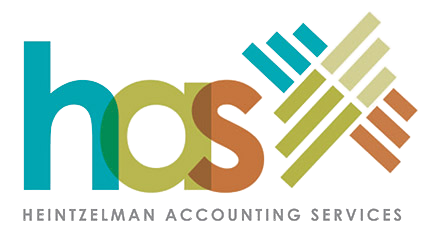While all of us would rather forget and put 2020 behind us, the recent Act signed by the president made some retroactive changes to some of the CARES Act provisions that you may want to pay attention to. One of these changes is related to the Employee Retention Credit (ERC). If you recall, the ERC was a credit for the wages and health plan expenses for certain employers that allowed them to continue paying their employees. Under the CARES Act, though, the ERC was not allowed if employers received a PPP loan. Since most business owner’s found it more beneficial to take the PPP loan instead, the ERC was quickly forgotten by many.
Well, now we get to go back and pull those rules out again because not only has the credit been extended, but you can now qualify for the ERC and the PPP! What are the benefits of this credit?
- 2020 – You can receive a credit for qualified wages paid of up to $5,000 per employee
- 2021 – You can receive a credit for qualified wages paid of up to $7,000 per employee per quarter!
So how can you determine if you qualify for the ERC? Well first you have to have employees. If you are a contractor or self-employed, you do not qualify for this credit. If you answer yes to any of the questions below, you will want to contact your tax advisor or accountant for a complete analysis of your business as it relates to ERC.
- Was your business operations fully or partially suspended by governmental authorities in 2020?
- Did you experience a 50% or more reduction on gross receipt in any quarter in 2020 compared to the same quarter in 2019? (For 2021, the gross receipt reduction test is only 20%)
Caution and good planning is needed. You are not allowed to double-dip and use the same wages for the ERC credit and the PPP forgiveness. The rules can get complex and you should be prepared to invest in a professional helping you analyze, plan, and file for these incentives. But the amount of the investment should be minimal compared to the additional funding you may be eligible for.


Recent Comments